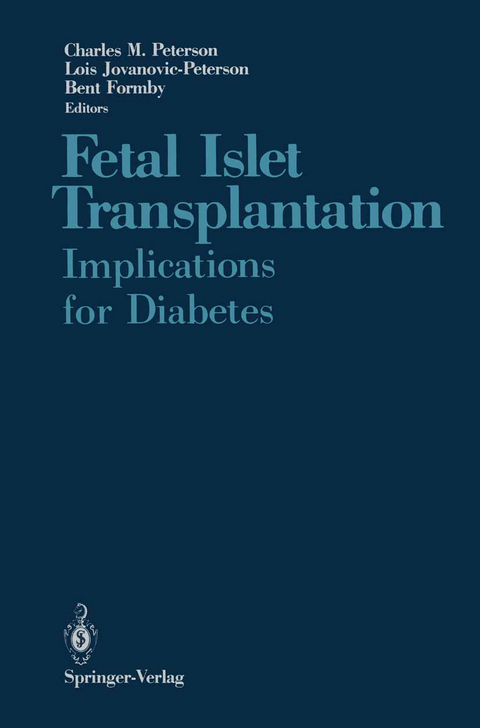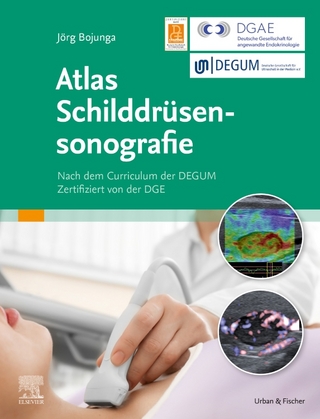
Fetal Islet Transplantation
Springer-Verlag New York Inc.
978-0-387-96587-1 (ISBN)
- Titel z.Zt. nicht lieferbar
- Versandkostenfrei innerhalb Deutschlands
- Auch auf Rechnung
- Verfügbarkeit in der Filiale vor Ort prüfen
- Artikel merken
1 Perspectives on Use of Human Fetal Pancreatic Tissue in the Field of Research on Diabetes Mellitus: An Introduction.- 2 Tissue Culture and Cryopreservation of Fetal Mammalian Endocrine Pancreas Intended for Transplantation.- 3 Ontogeny of Non-? Cell Function in the Fetal Islet.- 4 Studies of Human Fetal Pancreatic Islets In Vitro.- 5 Strategies for Specific Immunosuppression In Vitro with Cyclosporine.- 6 Islet Graft Pretreatment with PUVA or Antibodies to MHC Antigens.- 7 Rodent Xenografts of Human and Porcine Fetal Tissue.- 8 Fetal Pancreas Transplantation for Treatment of Type I Diabetes: Miniature Swine Model.- 9 From Nude Mouse to Man.- 10 Fetal Islet Transplantation in Diabetic Mice: A Model for Human Islet Transplants.- 11 Studies of Transplantation of Human Fetal Tissue in Man.
| Zusatzinfo | XVI, 205 p. |
|---|---|
| Verlagsort | New York, NY |
| Sprache | englisch |
| Themenwelt | Sachbuch/Ratgeber ► Gesundheit / Leben / Psychologie ► Lebenshilfe / Lebensführung |
| Medizin / Pharmazie ► Medizinische Fachgebiete ► Chirurgie | |
| Medizin / Pharmazie ► Medizinische Fachgebiete ► Dermatologie | |
| Medizinische Fachgebiete ► Innere Medizin ► Endokrinologie | |
| Medizin / Pharmazie ► Medizinische Fachgebiete ► Pharmakologie / Pharmakotherapie | |
| Studium ► 1. Studienabschnitt (Vorklinik) ► Biochemie / Molekularbiologie | |
| Studium ► Querschnittsbereiche ► Infektiologie / Immunologie | |
| ISBN-10 | 0-387-96587-4 / 0387965874 |
| ISBN-13 | 978-0-387-96587-1 / 9780387965871 |
| Zustand | Neuware |
| Informationen gemäß Produktsicherheitsverordnung (GPSR) | |
| Haben Sie eine Frage zum Produkt? |
aus dem Bereich


